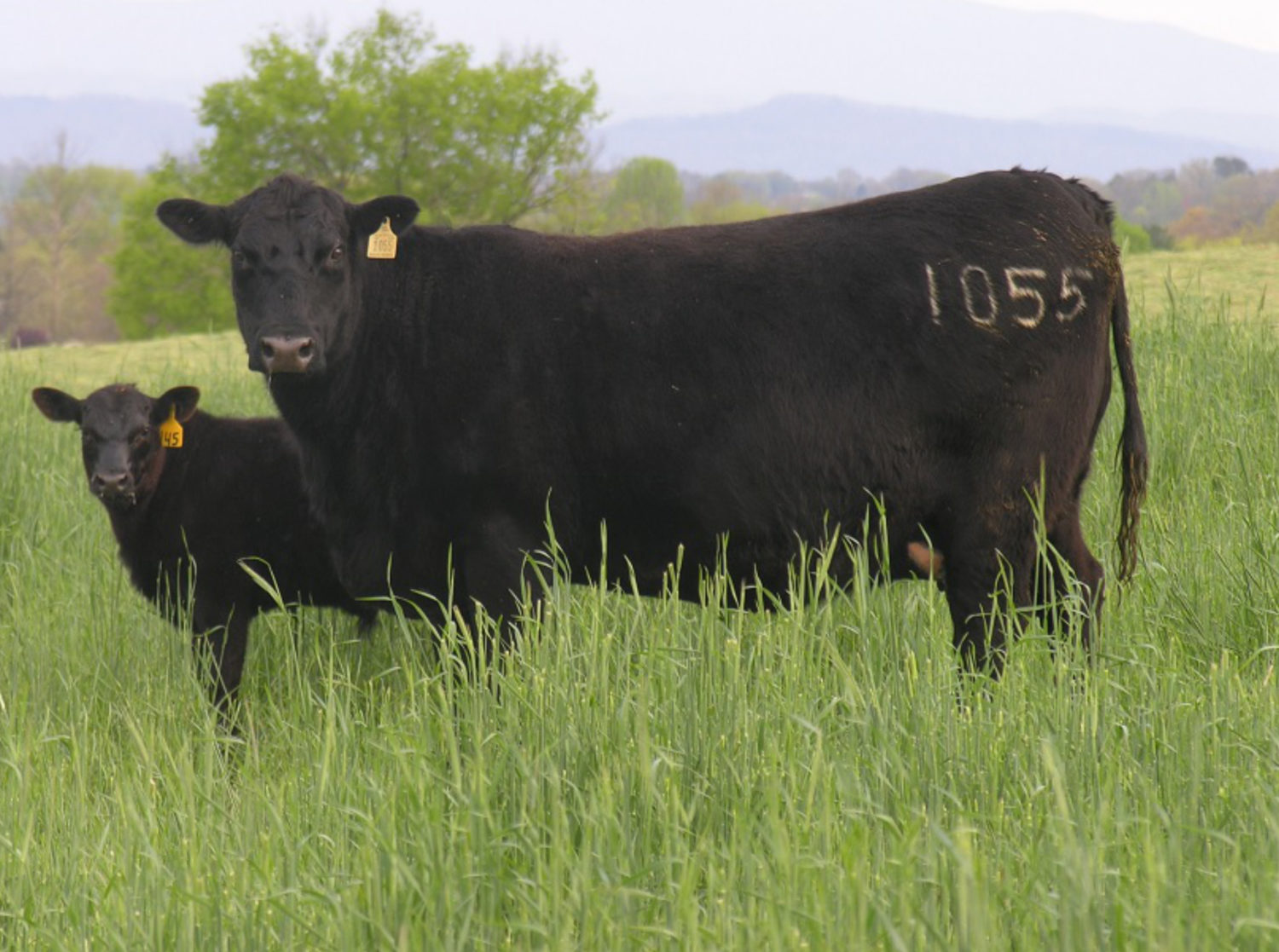
Learn more
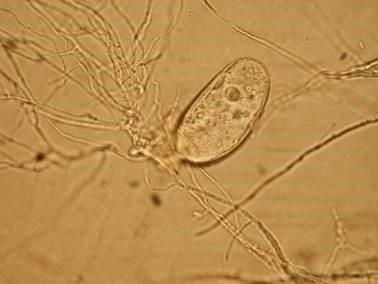
Neocallimastix frontalis is a unique fungal species that is native to the rumen and other organisms consuming woody plants, such as termites. Image courtesy of UK Fungus Day.
Learn more
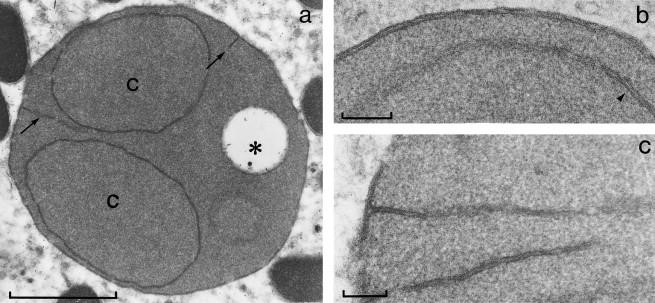
These fungi participate in very important symbiotic relationships with all other microbes of the rumen, including archaea, bacteria, and protozoa. Some microbes, such as protozoa and bacteria, can act as food or competitors, while others, such as archaea, can participate in mutualistic relationships with N. frontalis. Image modified from Mel Yokoyama & Mario A. Cobos, 1995; USDA Publication.
Learn more
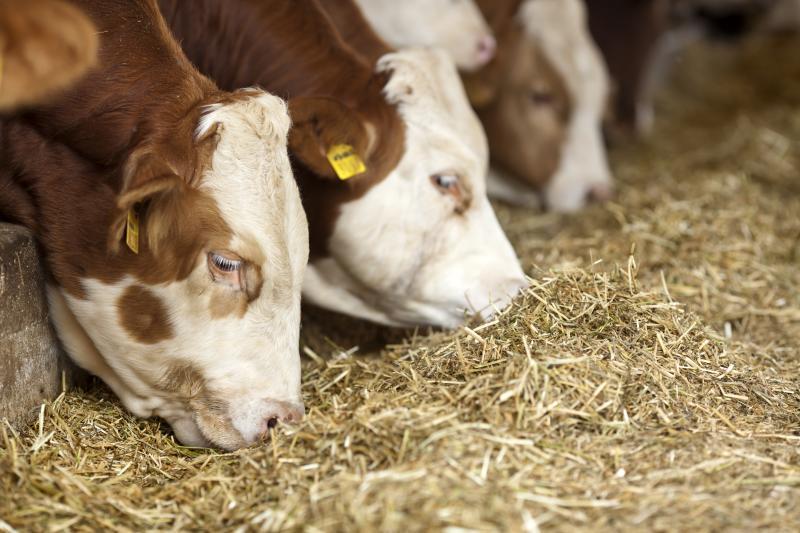
N. frontalis “attacks” plants with a complex called a cellulosome. Neocallimastix species have cellulosomes that can break through thick plant cell walls more effectively than bacteria or protozoa. Image courtesy of ellisia/stock.adobe.com; doi: 10.2527/af.2016-0030.
Learn more
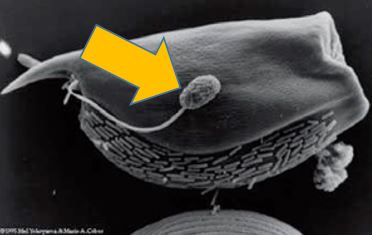
These fungi participate in very important symbiotic relationships with all other microbes of the rumen, including archaea, bacteria, and protozoa. Some microbes, such as protozoa and bacteria, can act as food or competitors, while others, such as archaea, can participate in mutualistic relationships with N. frontalis. Image modified from Mel Yokoyama & Mario A. Cobos, 1995; USDA Publication.